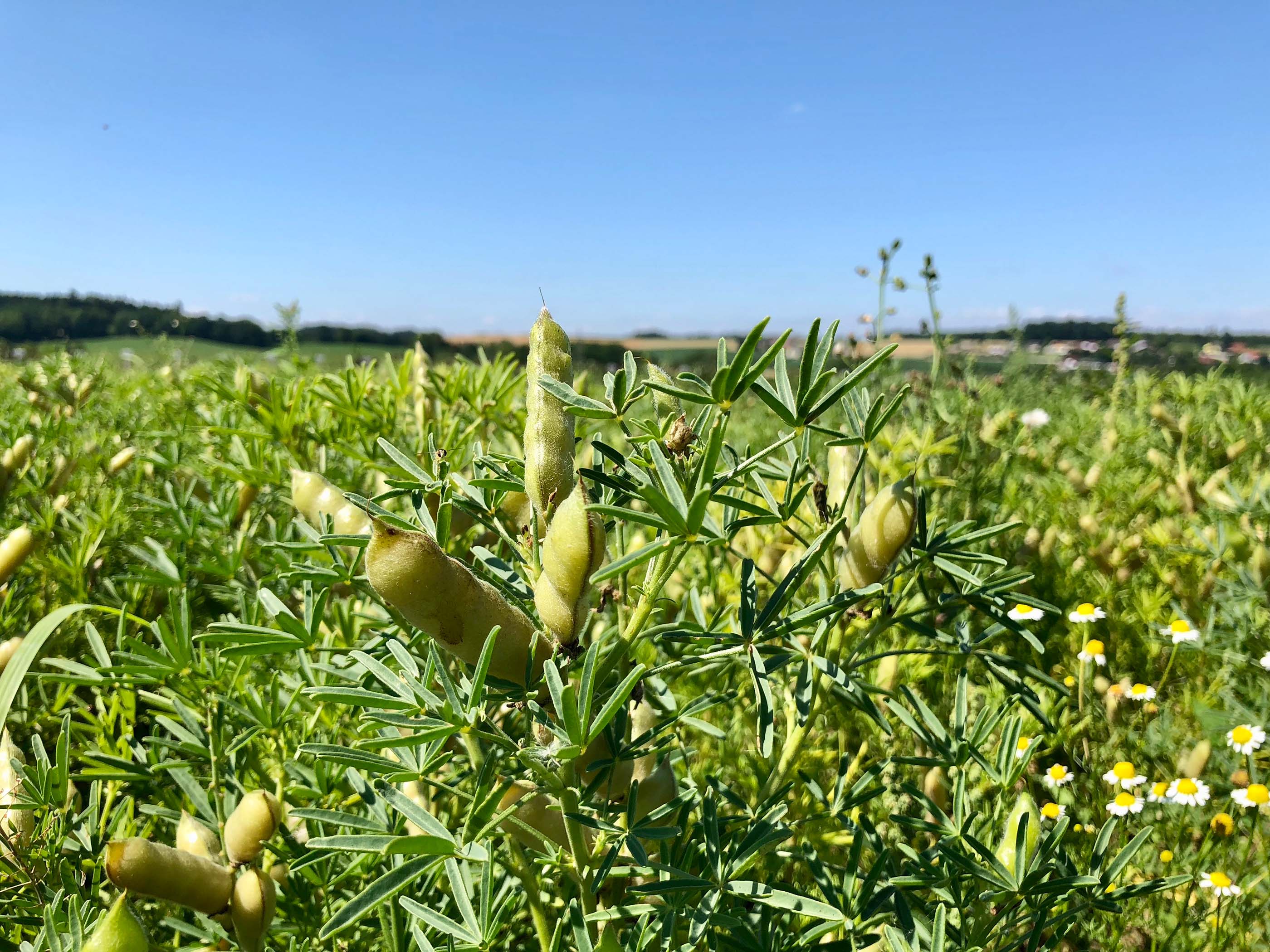When used together, these two important nutrients can have a positive effect on each other. The focus of the crops examined was on the four important grain legumes in arable farming in the form of field beans, grain peas, lupine and soybeans. In principle, the cultivation of grain legumes plays an important role in organic farming for the production of high-quality feed and therefore also guarantees a valuable source of protein in animal nutrition. In crop rotation - especially in pure arable farms - they make a significant and important contribution to improving the soil, building up humus, supplying nutrients and also regulating weeds.
Results
A balanced supply of phosphorus and sulfur to the plants ensures good nitrogen fixation and utilization as well as rapid and uniform growth. On the one hand, legumes are an important part of crop rotation, especially in livestock-free arable farms, as their ability to bind nitrogen in symbiosis with nodule bacteria can compensate for the lack of this nutrient and make it usable for subsequent crops. However, they require larger crop rotation intervals than, for example, with cereals. In addition, grain legumes play a key role as high-quality sources of protein and fat in the feed of monogastric animals in particular and thus contribute to a closed circular economy.
Through the widespread cultivation of grain legumes, Austria can gradually strive for complete self-sufficiency in protein and thus achieve extensive independence from imports. The original results of the first year of the trial showed a fundamental response of the fertilization applied to the grain legumes faba bean, lupine, pea and soybean, with regard to the influence of sulfur fertilization and combined phosphorus and sulfur fertilization. In terms of yield, with the exception of lupine, all variants fertilized with phosphorus and sulfur had the highest values. However, the differences could not be confirmed statistically. In contrast, in another trial with faster-acting sulfate fertilizers, no or even negative yield development was found as a short-term effect.
The experimental hypothesis of increased effects of phosphorus and sulfur when used together initially seemed to point in the right direction. When using elemental sulfur together with phosphorus, Soaud et. al (2011) found better and longer-lasting P availability. However, this theory could not be confirmed; in addition to the unfavorable weather conditions, the duration of the effect may also have been too short. In the second year of the experiment, in addition to an increased yield level, the effect of the fertilizers in the order was changed.
Both the leading values of phosphorus fertilization in general and when applied to soybeans in particular show the best implementation of this grain legume. This is particularly suggested by the high level of fixation by the nodule bacteria in combination with fertilization. Overall, however, it should be noted that the effect of fertilization was largely not significant.
team

DI Daniel Lehner
Organic food crops in agricultureSimilar projects
2434: BioSKG
Effect of sulfur fertilization on clover and alfalfa grass stands in organic farming in the Upper Austrian Alpine foothills
2016 - 2019, Lehner Daniel






